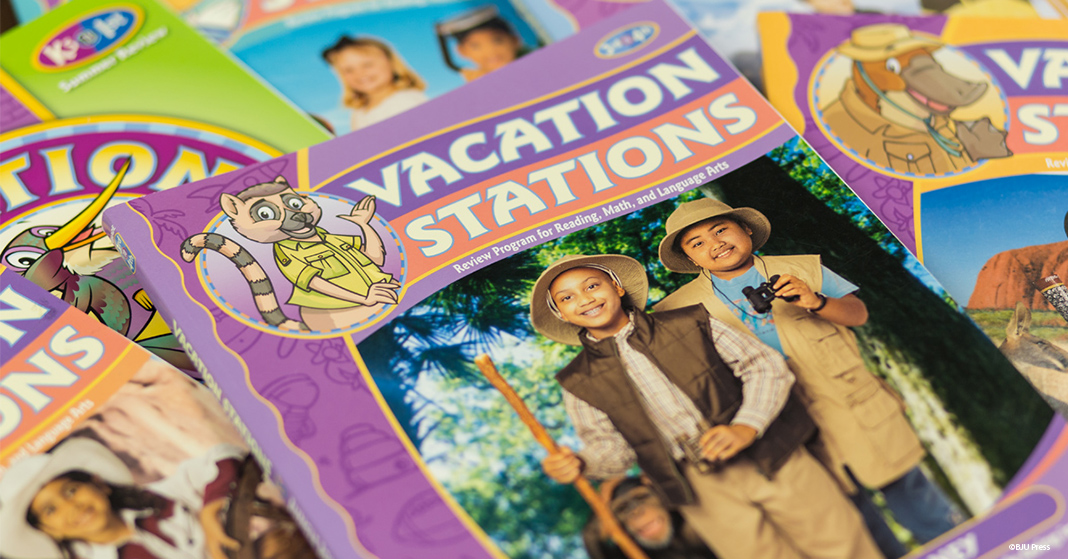
Several families I know homeschool year-round. They do it for a lot of reasons, but two stand out as being particularly compelling. First, they benefit from a more flexible schedule. Second, they avoid losing ground academically because of a long summer break.
My family circumstances doesn’t allow me to homeschool year-round, but I too want to keep my children from forgetting everything they’ve learned during the year. I don’t want the weeks of our summer vacation to be wasted, so I’ve been spending some time lately thinking about how to keep my children learning during our break. Do you have your own plan? Here are some tips to help you set your goals along with a free printable chart for tracking your child’s progress towards those goals.
1. Consider Your Child’s Weak Areas
The best summer learning plan is the plan that fits your child’s needs. One size does not fit all. So consider what your child needs to work on. Focus your summer on reinforcing the weak areas in creative, fun ways.
2. Make a Plan
Once you’ve figured out what you need to work on, you need to decide on a way to move forward. There are a lot of resources available to help you. Here are a few of my favorites:
- BJU Press’s Vacation Station workbooks
Vacation Stations are helpful for reviewing a variety of skills such as math, phonics, and grammar for children who are going into grades 1–7. Generally, the activities take only a few minutes each day, and your child can track his or her own progress. I’m taking this approach with my rising first grader because she needs both the phonics and the math review. - Your Teacher’s Editions
Did you know that your BJU Press Teacher’s Editions often have extra activities on the accompanying Teacher’s Toolkit CD? These are great for summer review. I’m planning on using the math fact sheets from my Math 2 CD to help my rising third grader gain better automaticity with her math facts. We’re also going to use some of the journal pages from the Spelling 2 CD for writing practice. - Digital Resources
There are a lot of great educational apps and websites that will drill specific skills. If you need some recommendations, check out the reviews on www.teacherswithapps.com or www.theimum.com.
3. Provide Motivational Charts
Let’s face it—your kids might not be very excited about having to do anything that remotely resembles schoolwork over the summer. So keep it simple and make it fun. You can track your child’s progress during your break with our free printable progress charts. I’ll be using stickers to mark off each day that my children meet their learning goals (such as “Complete your Vacation Stations page” or “Read for ten minutes”). Don’t be afraid to reward progress with special treats or privileges, or even a small prize. A certain number of days completed could be rewarded with a later bedtime, a trip to get ice cream, or a new toy.
A summer break from homeschooling is a great time to enjoy a slower pace and make memories with friends and family members. But, as all homeschoolers know, learning should never stop. Continue to seize both the planned and unplanned opportunities to teach your kids all summer long. You’ll be glad you did!